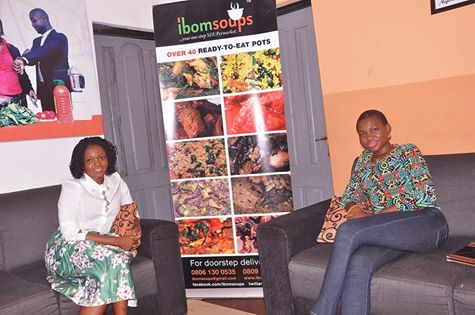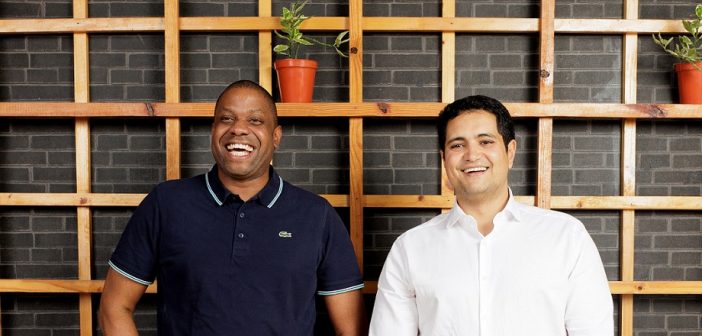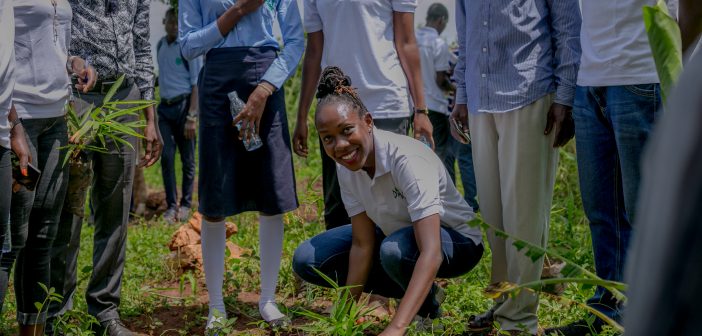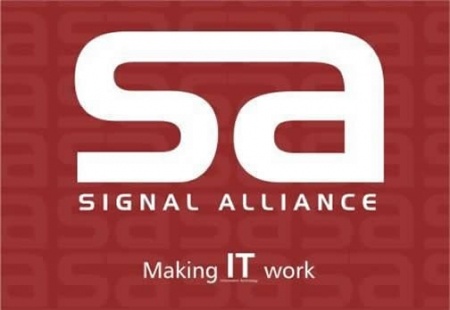Becoming a Global Product Manager: A Conversation with Jennifer Agbaza on Leading Digital Innovation across Borders

Jennifer Agbaza is a product leader whose journey has taken her across borders and industries.
In this interview we discuss her journey from scaling digital products in emerging markets to mentoring the next generation of product professionals. She brings a wealth of insight into what it truly means to build products that matter on a global scale.
Let’s start at the beginning. How did your product management journey begin?
Jennifer: That’s a great question! Funny enough, I didn’t “plan” to become a product manager. Like many in the field, I stumbled into it. I had a background in tech and business, and in my quest to merge them, I found myself increasingly drawn to the process of solving real human problems with technology.
The first time I led a product from zero to launch and saw users actually interact with it, that was the spark. I haven’t looked back since.
What was the biggest turning point in your career?
Jennifer: One moment that stands out was leading the growth of a remittance product across multiple countries, it stretched me in ways I couldn’t have predicted. I had to think not just about product features, but regulation, compliance, currency exchange, infrastructure, and user behaviour. It made me realise that product leadership goes beyond roadmaps and wireframes, but about business models, people, ecosystems, and trust. That project gave me a global mindset, and that has stayed with me.
What does being a global product manager mean to you?
Jennifer: Being a global product manager is about building for diverse audiences, across countries and continents. It is about understanding that product-market fit is not a one-size-fits-all equation. In Lagos, speed and mobile UX might matter most; in São Paulo, it could be tax compliance and onboarding friction. You have to deeply localise your understanding while maintaining a globally scalable backbone. Users think, behave, and access technology differently across the world. You need to understand those nuances. Being a global product manager means you design for scale, but build with empathy. It means listening more than assuming. It also means working across time zones, cultures, and sometimes contradictions, and still delivering something people love.
You’ve worked with many teams. What’s your leadership style when managing cross-functional teams?
Jennifer: My style is collaborative but intentional. I try to create a culture of ownership. I always say: “We’re not building for the sake of it. We’re building because someone, somewhere, is going to use this and their life could be easier because of it.” I give context, the ‘why’ behind what we’re doing, and I encourage the team to challenge me too. Some of our best product decisions came from engineers or designers pushing back in the right way.
How do you approach launching a new product in an unfamiliar market?
Jennifer: Excellent question! I start with people. I try to talk to users, partners, and even competitors if I can. Data tells one part of the story, but human insight fills in the gaps. Then I focus on localising the solution, not just the language, but the flow, the behaviour, the support channels. I also spend time aligning with the regulatory standards and infrastructure realities. It’s never copy-paste, it’s always adapt and co-create.
What’s a product failure that taught you the most?
Jennifer: There’s quite a long list of that. But one that really humbled me was earlier in my career when we launched a product that looked great on paper, all the right features, sleek interface, solid backend, but it didn’t stick. We hadn’t done enough to validate how users actually behaved.
We had assumed our persona was accurate, but we missed a key insight: they didn’t trust digital solutions for that particular need. That taught me that beautiful doesn’t always mean usable or desirable.
Many African product managers want to go global. What advice would you give?
Jennifer: Your experience building in Africa is an asset. You’ve learned how to build with constraints, how to create trust in low-infrastructure environments, how to move fast with regulators on your neck. That’s impressive. Tell your story in outcomes, not job titles. Show your impact in numbers. Speak at events, publish your thoughts, and learn from others. Community opens doors that CVs can’t.
What’s the biggest misconception people have about being a global product manager?
Jennifer: That it’s glamorous! laughs Sure, the idea of global launches and cross-border teams sounds exciting. But it also means navigating ambiguity, different regulatory frameworks, cultural gaps, and sometimes even time zone fatigue. The work is very real, and often challenging. But that’s also what makes it deeply rewarding.
What keeps you going in the toughest moments of product leadership?
Jennifer: The impact. Knowing that a solution I helped shape is enabling someone to send money home, access credit, learn a new skill, or grow their business. And also, I genuinely love solving problems. When you’re building something meaningful, even the setbacks feel like part of the adventure.
You’ve mentored so many upcoming PMs. What advice do you give them most often or anyone looking to become a great product manager?
Jennifer: I always say…don’t focus too much on trying to “look like” a product manager. Solve real problems. Stay close to your users. Be a translator between tech, business, and people. Don’t chase titles chase impact. And stay hungry.
Product management isn’t a job; it’s a lens through which you see and shape the world. Also, get comfortable with uncertainty; the best PMs I know are the ones who can lead even when they don’t have all the answers.







